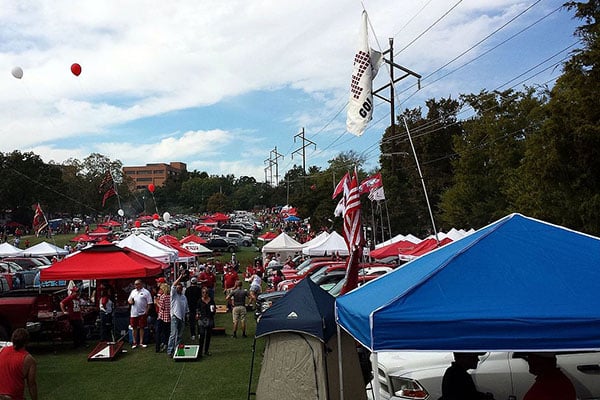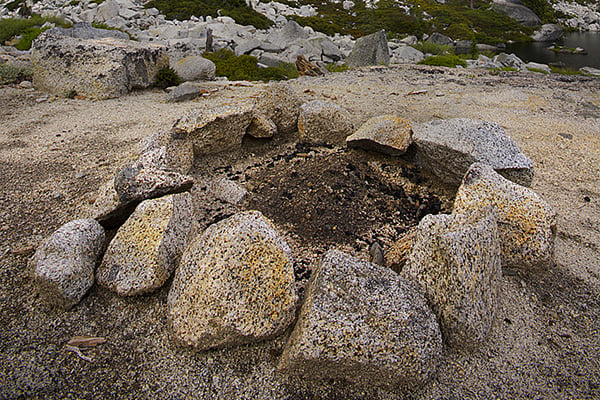Last Updated on
Survival doesn’t just take place in the middle of nowhere. For the majority of Americans, survival situations will occur in a different, but nonetheless challenging environment: the urban sprawl. Survival in the wilderness poses many challenges, but unless you’re injured, there is opportunity to move around, gathering food and resources, etc. Survival in urban environments can leave you stranded in a different way. Crowded or gridlocked freeways, dangerous weather conditions and civil unrest can make it unsafe to travel even a little ways away from your home. Let’s examine what you can do in an urban survival situation to keep you and your family safe.
Preparation
In any urban disaster or emergency, much of the panic will originate from those who are ill prepared. A lack of fresh water, food and other resources will drive people to local stores and supermarkets, and violence, looting and unrest is prone to follow as the crowds grow. Worse yet, extreme conditions like storms and other weather can make it unsafe to travel even a short distance for resources.

Now these are all just probable outcomes, but there is one important thing to focus on here. In the event of an urban disaster or emergency, you want to be hunkered down in your home if possible. The only way to do this properly is to prepare in advance. You don’t have to build a bomb shelter to ride out an urban disaster either. Here are some steps to get ready for the worst in an urban environment.
Water
Fresh water is always the primary concern in any survival situation, and it’s actually more of a concern in urban survival than wilderness survival (excluding extreme environments like deserts). All municipal water facilities are powered by the electric grid, and in an emergency the power grid is likely one of the first things to go down. Extended power outages or breaks in the water line can lead to fresh water shortages or non-potable water in the tap. You don’t want to get caught with no fresh water around the house. There are two things you can do:
- When warnings are issued, fill up available containers. Most people don’t think about it, but when there is a big storm warning or emergency threat, it never hurts to fill up a few containers of water while its still running. It’s best to keep a few “water only” containers around for the purpose. If it turns out you didn’t need the water, then you can just use it to water the garden, for pets, etc. Note: water should not be stored in an unsealed container for a long period of time as bacteria will grow in it. You can lessen this risk with water purification tabs or plain bleach.
- Have a stockpile of sealed water jugs. A readily accessible stockpile of water is the better option, and you’ll need at least three gallons per person (one gallon per day for at least three days). Don’t forget, even fresh packaged water goes bad eventually (as bacteria grows in it), so replace your stocks every year or so.
Food
Food is less of a concern in a short term urban survival situation, but it is still nonetheless important. Food is vital to keeping spirits up and keeping members of the family energized for tasks or even evacuation. Dealing with food in an urban survival situation is really a three step process:
- Eat all perishables first. Unless you’re a serious bachelor with no food whatsoever in the fridge, chances are you’re going to have a few perishables lying around. While it’s easy to think about firing up the freeze-dried survival food right away, don’t forget to focus on the perishables first. If the power is out, the fridge is going to become a rotting mess in no time flat, so take this time to eat all you can out of it right now. Fruits, vegetables and breads stored outside the fridge have a finite life as well, so don’t forget about them either. Budget your perishable foods so you can sustain yourself a couple days on it without digging into survival stores.
- Canned Foods should be eaten next. It used to be that canned foods were the go-to survival foods, but that’s not the case anymore. Canned foods are really only good for a couple years, and unless they are swapped out periodically, your pantry might be full of cans with only a 1 year lifespan. That said, we all have a few cans of food kicking around the house, and it’s best to turn to these next in your food needs. Just remember, the high salt content of canned food will leave you thirsty and needing plenty of water afterward.
- Survival foods are the last resort. If you’re well prepared for an emergency, you’ll have some freeze-dried food on hand. Freeze-dried food has a superior shelf life, even up to 25 years, and you can easily take it with you if you have to evacuate. If an emergency lasts longer than a few days, this is where freeze-dried food really shines as a survival store. The main drawback is many foods require water and at times heat to prepare. This is why it’s important to have an extra stock of water for cooking and a portable or wood stove to heat it on.
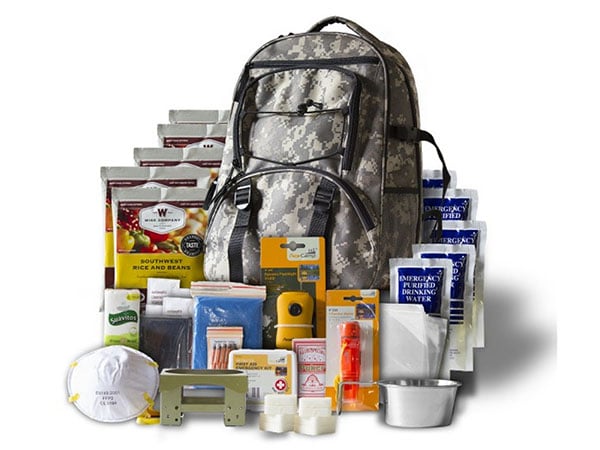
Equipment
You’ll want to have a collection of gear ready for any urban emergency. You can split this gear into two categories: the heavier stuff that stays with the home and the “bug out” gear or light, minimal equipment you’ll have to take with you if you evacuate.
Home Equipment
There are plenty of items that you can use to make your survival ordeal at home easier:
- Flashlights / candles.
- Plenty of blankets / sleeping bags.
- Home generator for emergency power (when applicable).
- Emergency radio.
- Good stock of firewood (if possible).
- Fire starting equipment including waterproof matches.
- Fire extinguisher for the home.
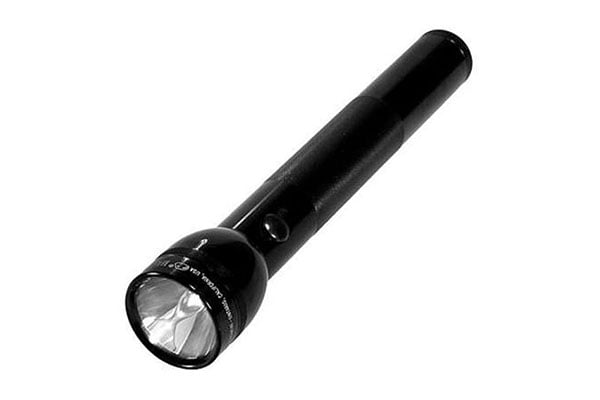
Bug Out Gear
We’ve actually written a two part series on bug out gear, and instead of listing it here, we’ll refer you to the list:
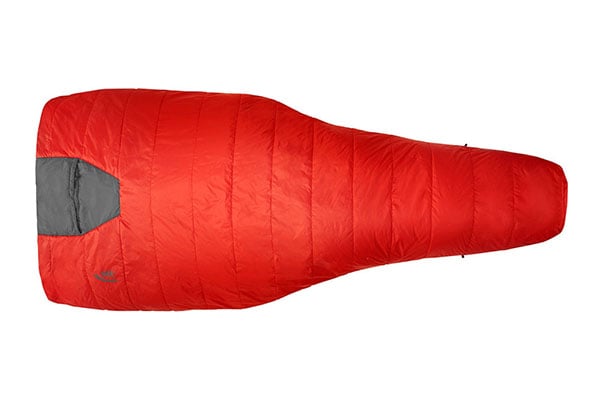
Tactics
If you have to leave your home, or worse you’re forced out of it, there are some tips you can follow to maximize your safety as you travel through the uncertain and sometimes dangerous urban environment during an emergency.
- Start with the vehicle, but stay away from highways. Unless a curfew has been issued, you’ll want to rely on your vehicle to get you at least part of the way to a safe location. Remember this is only an option if the roads are still in tact. A good rule of thumb to live by is always keep a good amount of gas in your tank. Leaving the family vehicle with the gas gauge tipping on “E” isn’t going to do you a lot of good. Wherever you decide to go, avoid highways and larger roads. These roads are crowded during rush hour, what do you think they’ll be like in an emergency? Instead opt for back roads and side streets, and you may luck out and be able to get out of the city.
- Head to a local emergency shelter. Another option comes with a local emergency shelter, and these are usually set up in large buildings like high schools, gyms, etc. You’ll be able to ascertain the location of your local shelter on an emergency radio. However, in some circumstances, it is a bad idea to head towards gathering crowds in an emergency, so use your best judgement
- Be ready for the shelter to be the wrong option, and have an independent back up plan. If you have an independent escape plan, chances are this will be a better option than the emergency shelter. However, for these “escape plans” to work, you have to leave your home and go elsewhere in the city or better yet outside the city, and you’re taking a chance traveling. Again it’s important to have a route already worked out that avoids major roads.
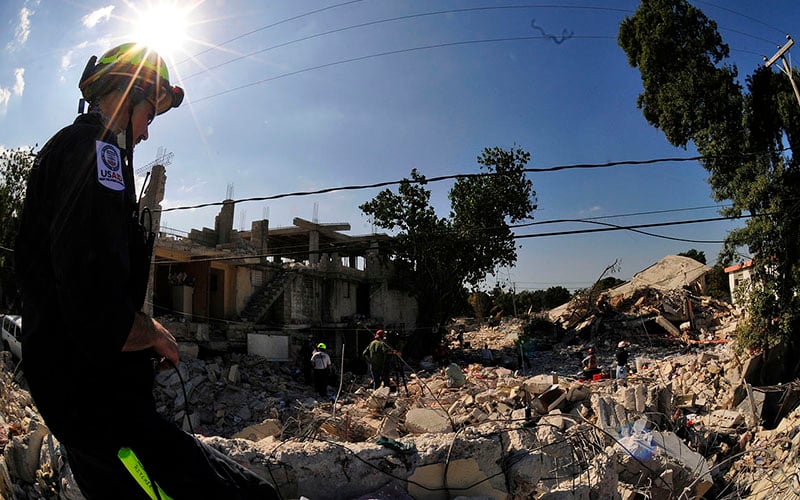
Final Thoughts
There are a lot of impractical ideas that come with survival preparation, and that can scare some people away from preparing or even thinking about an emergency. However if you live in a crowded urban area, you need to take some time and examine some worse case scenarios. It can be a frightening scenario to be trapped in an urban area during a serious emergency, but it will be a lot easier if you’ve made some initial preparations.
